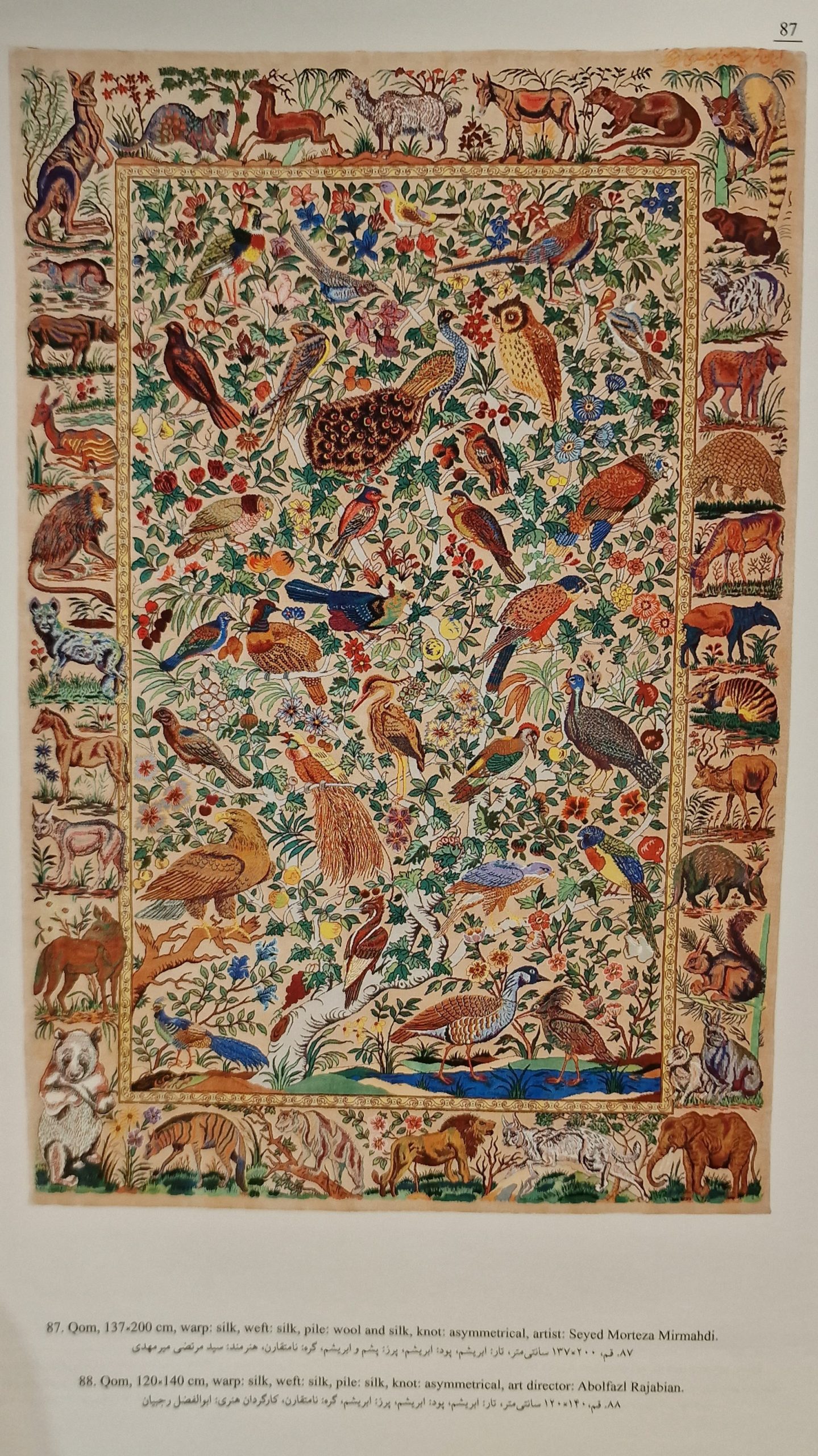Town carpets
This style of carpet weaving comes from the tradition and lifestyle of those who live in the cities. In this regard, the tradition of persian carpet weaving, as well as the types of their applied and decorative arts, are noticeably different from rural and tribal shop carpet.(Town carpets)

Unfortunately, of the old styles of town carpet- weaving there are very few samples left . These few pieces are undoubtedly Persian and were woven in Iran, however, with regard to the uncertainty in the site of the discovery of some of them, they do not accurately indicate the origin or main weaving centers.
The most important carpet weaving centers of the late 17th century are recognizable. Since most of the carpets left over from these centers are the result of the individual maktab of persian carpet designers, they have lost the connection with the original and ancient styles of town carpets.
In other words, the samples of town carpets dated ca. late 17th century- early 18th century that coincides with the rise to power of the Safavids -and they have a lot of diversity by the way, represent the maktab (school) of their designers rather than the style of the old Persian town carpet.(Town carpets)

Designers who, regardless of the characteristics of the pre- existing town styles, relied on the tastes and interests of their own or the tastes of kings, local rulers, etc., to create new persian carpets. Well-known groups such as Salting, Polonaise, Sanguszko and Herat are results of the maktabs of Safavid designers, several samples of which are accessible today; however, they are not compatible with traditional Persian town carpets. With the rise to power of the Safavids, two significant events took place to the Persian carpet.(Town carpets)

First, the historic style of town carpet-weaving was declined. Second, for unknown reasons, the same thing happened to the rural and tribal styles of carpet- weaving, in a way that of these two styles, almost no specimens from the 19th and 20th centuries have survived.(Town carpets)

The origin of Town carpet
By carefully studying some of the remaining persian carpet, we can list six independent provenances for the schools of town carpet designers. These schools have been around since the 18th century and despite their popularity, they never had close connection with traditional weaving styles. These schools are as follows: Herat, Mashhad, Tabriz, Qazvin, Kashan, Esfahan and Kerman carpet designers.
(According to historical resources and records, there have been at least three places of origin in three different states for particular schools of persian carpet weaving.1:Khouzestan .2 Tabaretan .3 Sistan. It is possible that there have been more states.)
Except for Qazvin, there have remained a number of persian carpets from six other areas that can be used to analyze and study the schools of designers. For unknown reasons by carpet experts, Qazvin carpet faced historical ambiguities. Almost none of the well-known references, not even museums, have mentioned the name of Qazvin as a place of origin for a carpet.

However, in recent years we have seen some new perspectives and different theories including the attribution of some Safavid carpets to Qazvin, which belong to the famous Salting group. In addition to the symmetrical knot, which is the tradition of Qazvin carpet weavers, these examples are ornamented with poems written by calligraphers of Qazvin as the capital of Iranian calligraphy as at all times.
iranian carpet
